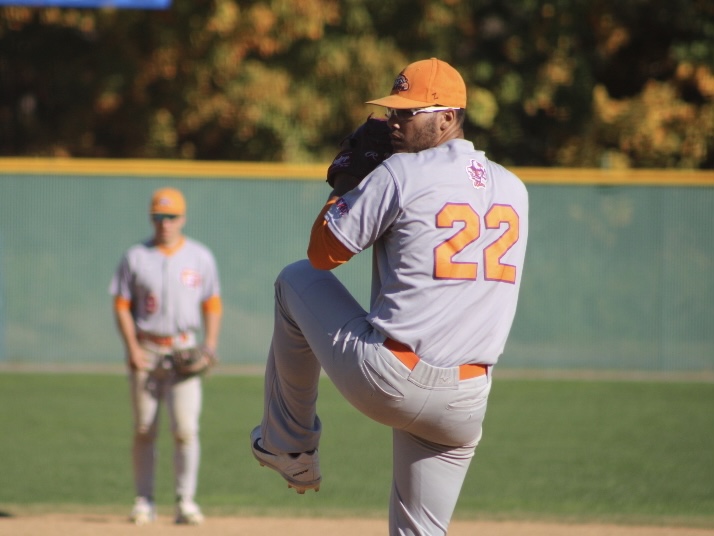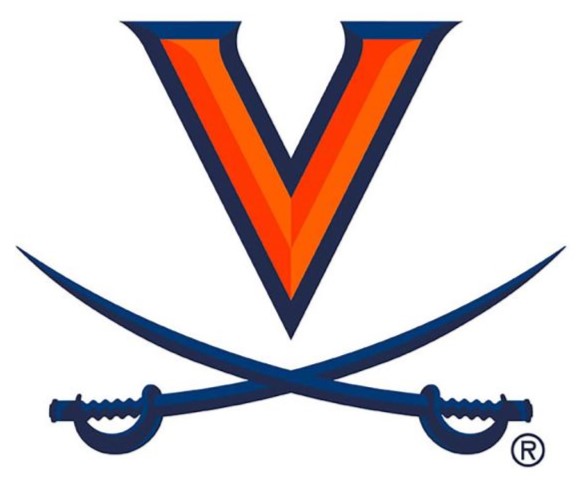
The 12-week Summer Throwing Program is specifically designed for graduating seniors and college-level pitchers whose main priority is to improve their velocity. There is a great deal that goes into a velocity program and it’s important that a comprehensive program incorporate all aspects of the process.
The following is a summary of the many aspects of the summer program.
*** Note…
-
- Summer throwing program can be adjusted for those playing summer ball
- You must be at least 17 or older
- Program can be performed on a remote / hybrid basis
Objectives
The objectives of the summer throwing program are as follows:
-
- Increase velocity ceiling
- Improve overall command
- Improve pitch movement through pitch design work
- Build endurance and resilience in your arm
- Improve overall physicality and become more athletic
Initial Evaluation
The initial evaluation is a thorough analysis and review of your overall physicality and pitching mechanics and it includes the following:
-
- Initial movement screen
- Body composition evaluation
- Strength testing
- Power production testing
- Upper half – Proteus Motion power testing
- Lower half – VALD Force Plate testing
- Video review and analysis
- Initial sit-down and review meeting to go over the summer plan
Training and Programming – Individualized
The strength training program is 100% designed around your specific needs based on the initial assessment, from mobility to strength training to power production.
-
- Customized mobility routine based off the initial assessment
- Strength & conditioning programming – Individualized
- 12-week program (three 4-week blocks)
- Programming based on the athletes’ individual needs (lean body mass, strength and/or power)
- Velocity-based training with VBT sensors in the weight room
- Up to 5x / week
- Focus on being game-ready in September
Throwing program – Individualized
The throwing program is 100% based off your specific needs as a pitcher and is completely integrated with your strength training schedule.
-
- 12-week program (three 4-week blocks)
- Pre-throwing routine
- Throwing progression
- Plyos and correctives program
- Simulated long toss
- Weighted ball throwing program
- Post-throwing routine
- Workload Management with Driveline Pulse sensors
- Pitch design sessions with Trackman
- Program progression
- Up to 5x / week (can be adjusted for playing summer ball)
- Phases: Ramp-up / Velo / Mound / Pitch Design Phase / Live at Bats
- Post throwing programs
- Marc Pro recovery units
Exit Review
Upon completion of the program, you will receive what basically amounts to an exit review, going over where you started and how you ended the program.
-
- Movement screen
- Body composition evaluation
- Strength testing
- Power production testing
- Upper half – Proteus Power testing
- Lower half – Vald Force Mat testing
- Video assessment
- Exit review meeting
Premium Package Additions
The following additions are available under a premium package.
-
- Motion Capture Analysis
- Stuff+ Pitch Movement Review
- 1 on 1 meeting with Nutritionist
- 1 on 1 meeting with Mental performance coach
Recent Success Stories
Jack Brodsky – Pitcher at Tampa U. from Sitting 91-93 to Sitting 93-94, Touching 95… How did he do it? Read more…
Nate Byrd – Post’s Nate Byrd is Back Healthy, Topping 91 mph (up 4 mph)… How did he do it? Read more…
Declan Hickey – Sophomore at Junior College CCM Velo is Up 10+ mph… How did he do it? Read more…
Colm O’Shea – Newberry College Senior O’Shea gained 4-5 mph, Now Sitting 88-89 (T90)… How did he do it? Read more…
Jack Greco – Susquehanna Sophomore Greco Gained 4-5 mph, up to 87-89, T90 mph… How did he do it? Read more…
Testimonials

“I have been following Nunzio Signore and RPP Baseball for quite some time. Their knowledge in player development and their training programs are at the cutting edge of where the sport currently resides, whether we’re talking about high school, college or pro ball. They are one of a handful of facilities in the country that have the know-how, systems and wherewithal to take you to the next level.”
– Drew Dickinson (University of Virginia Pitching Coach)

“RPP continually develops some of the best up-and-coming talent in high school baseball. Their programming is always at the leading edge of what’s going on in player development, and their results speak for themselves. Few facilities come close to their standing in the industry.”
– Corey Muscara (Wake Forest University Pitching Coach)

